
Employment Inside the Plastic Mold Industry
There are always a range of different kinds of employees in the plastic industry, with each participating in a similarly important role in the change of plastic in to the parts and products that are desired. The three principal positions are: machine setters, machine operators, and tenders.
The Role of the Machine Setter, Machine Operator, and Tender
Machine setters, machine operator, and sensitive have the duty of establishing and maintaining the machines that convert plastic ingredients, such as pellets, natural powder, and syrup, inot products such as vehicle parts, toys, and tubes. Although a number of methods can be employed to improve the clear plastic into a good product, treatment molding is the most used method.
A typical injection molding machine has about 25 different handles, all can be adjusted. The machine setter is in charge of establishing these machines before they are being used to ensure all adjustments are where they have to be. The setter is usually in charge of mending any problems the machinery may have.
Following the machine has been setup by the machine setter, the device operator displays the gauges. They’re in charge of making any changes which may be essential to maintain quality, such as changing the inputs, the rates of speed, and the pressures. Following the product being created and cooled within the injection-molding machine, the tender cleans the merchandise and puts it into its product packaging.
Work Environment
Generally, those working within the plastic molding industry like a clean, well-ventilated, and well lit working environment. The working job does, however, require standing a lot of the day and include average to heavy lifting also. Furthermore, the machinery could be very dangerous and, therefore, strict safety rules must be honored.
Nearly all staff in the plastic material molding industry must wear earplugs and safe glasses to safeguard themselves from the noisy sounds created by the machines and from soaring pieces of plastic. Modern machines, however, are enclosed. This decreases the employee’s contact with noise and dust particles. Regardless of the modern equipment, some staff in the plastic molding industry also must wear face masks or special self-contained respiration apparati if the plastic they use emits dangerous fumes.
Most employees in the plastic material molding industry work 40 hour weeks. During cycles of increased creation, overtime is common also. Most plastics shops work several shifts.
Education
Generally, there are no special educational requirements for a person to be used as a plastics machine setter, machine operator, or tender. Most employees on the market learn face to face. This is accomplished by having the trainee observe and assist experienced employees usually. Formal training programs, however, are also sometimes used to teach new employees. Generally, the tender is the entry-level position, accompanied by the operator, and the setter then. Ultimately, the employee will become in charge of all aspects of the machine.
Earnings
The money earned by a worker within the plastic molding industry is dependent largely on how big is the company, the individuals experience, and whether or not the company is unionized. Based on the Bureau of Labor Statistics, however, the median hourly salary in May 2004 for model makers was $21.28. Rolling machine providers and tenders acquired $14.33 each hour, while heat tending operators and tenders attained $14.26, and multiple machine setters, providers, and tenders acquired $14.06 Molding setters, providers, and tenders attained $11.63 throughout that same timeframe.

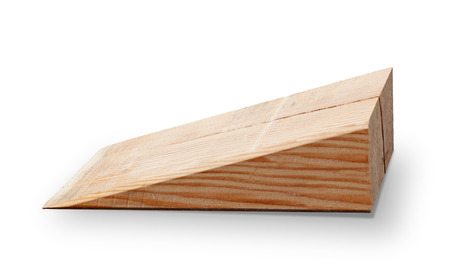
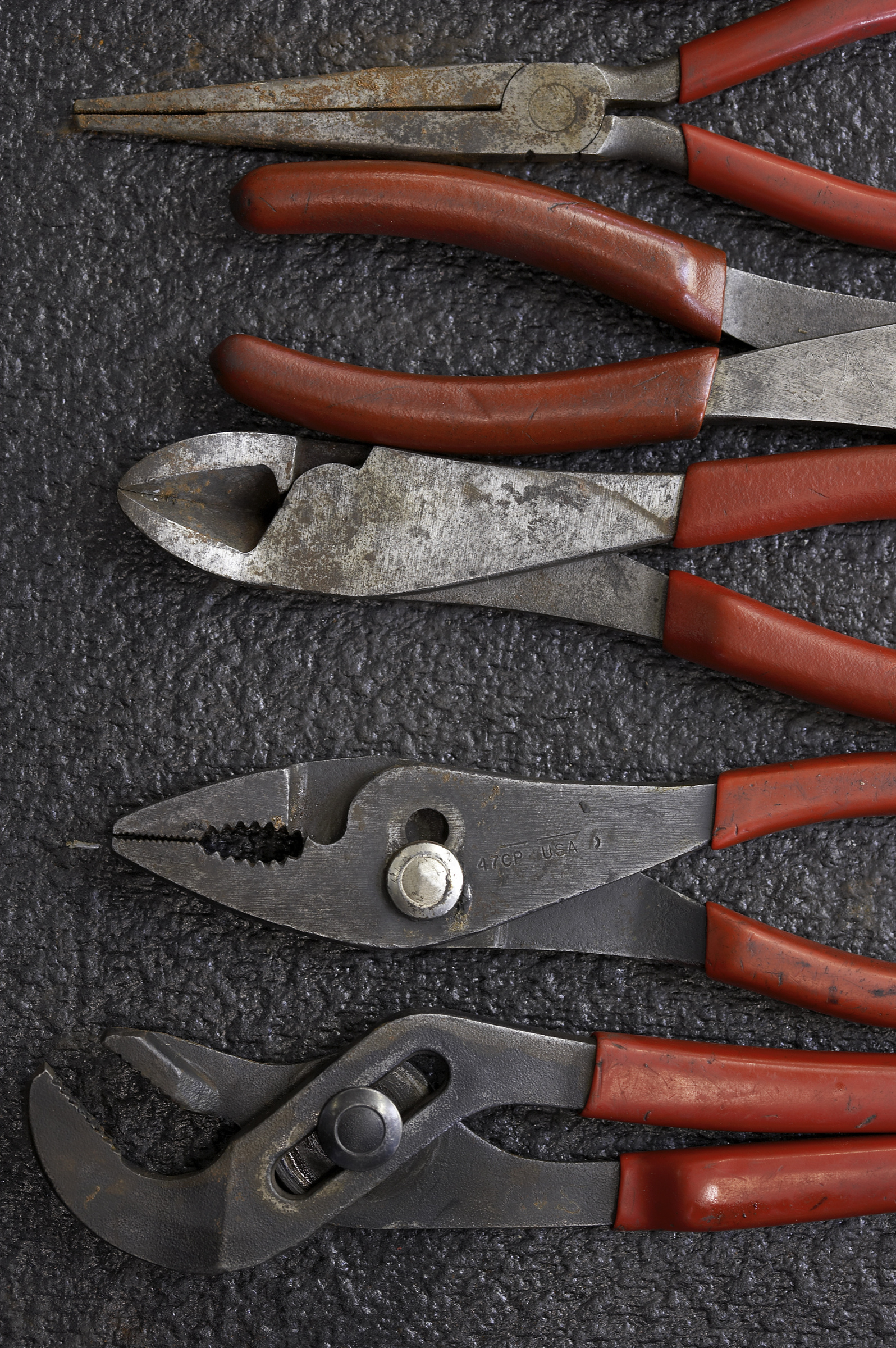
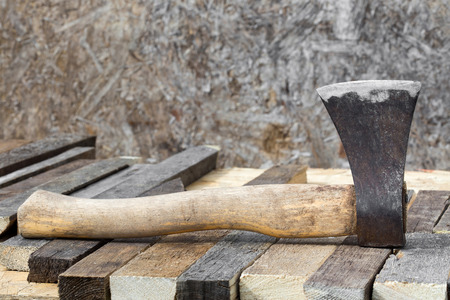
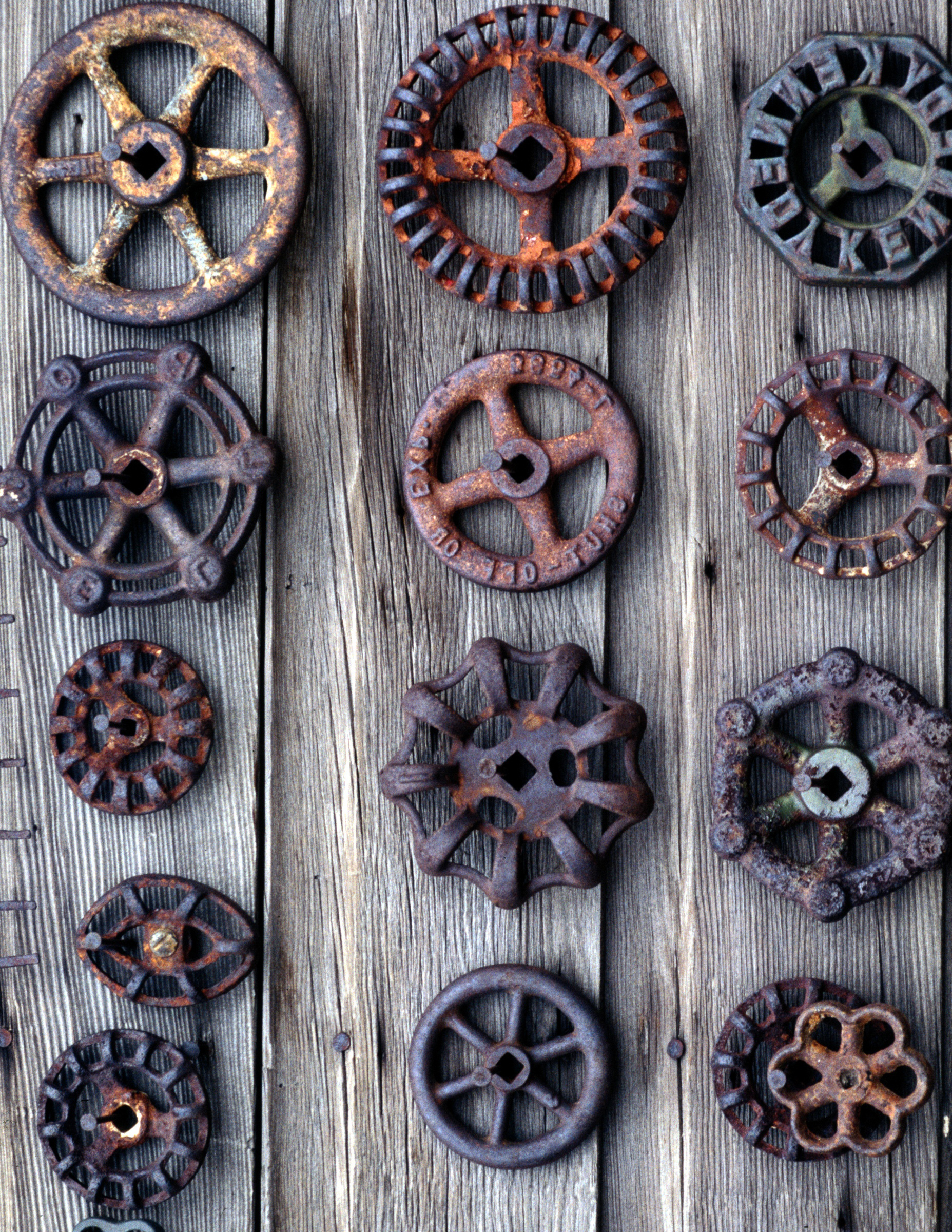
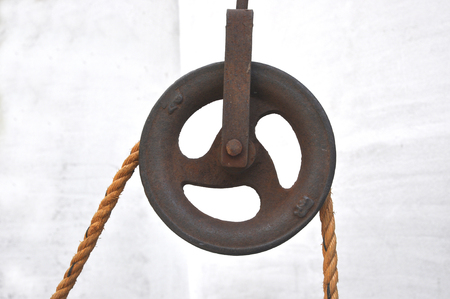
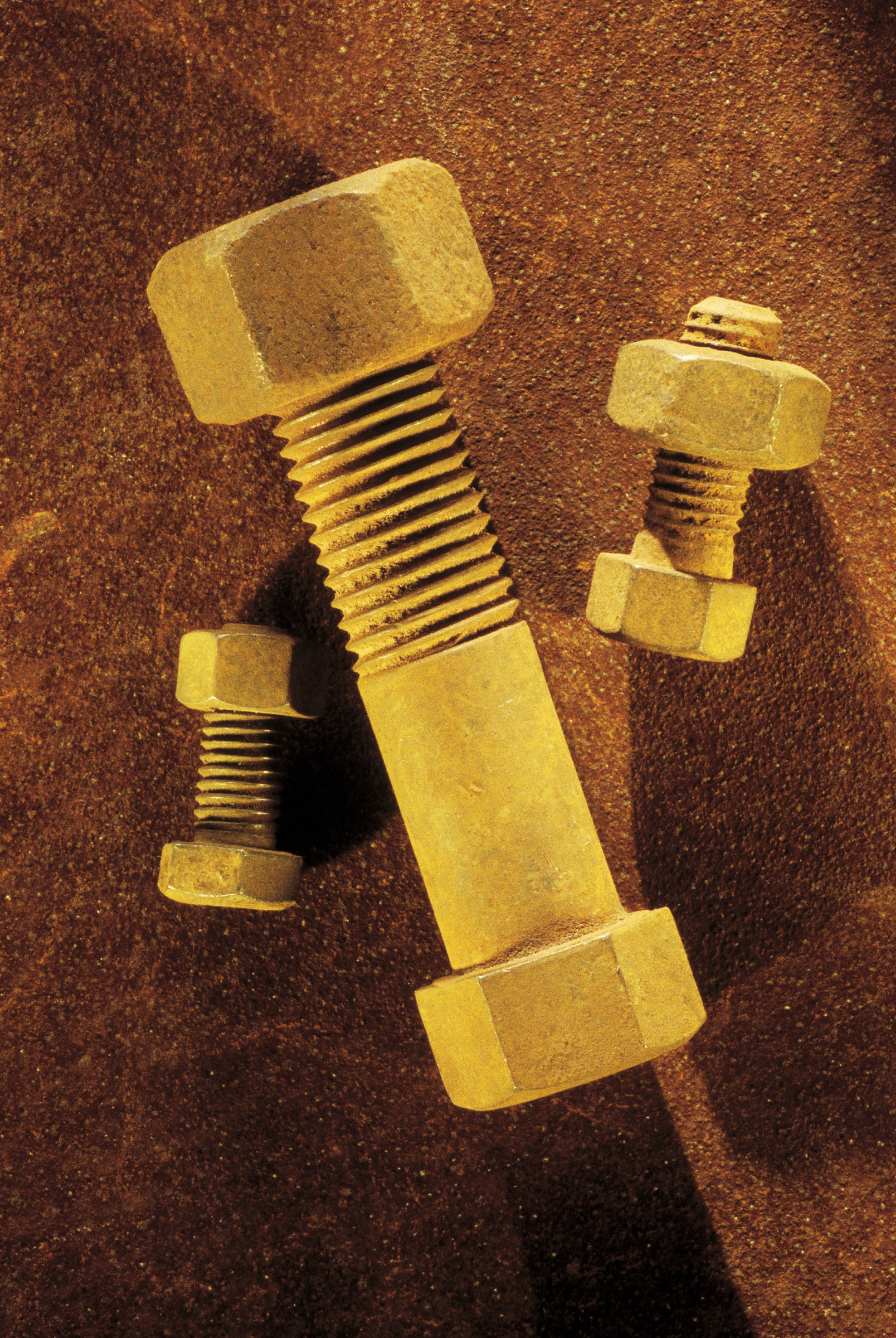



Recent Comments